Home>Garden Essentials>What Does Calendula Seeds Look Like
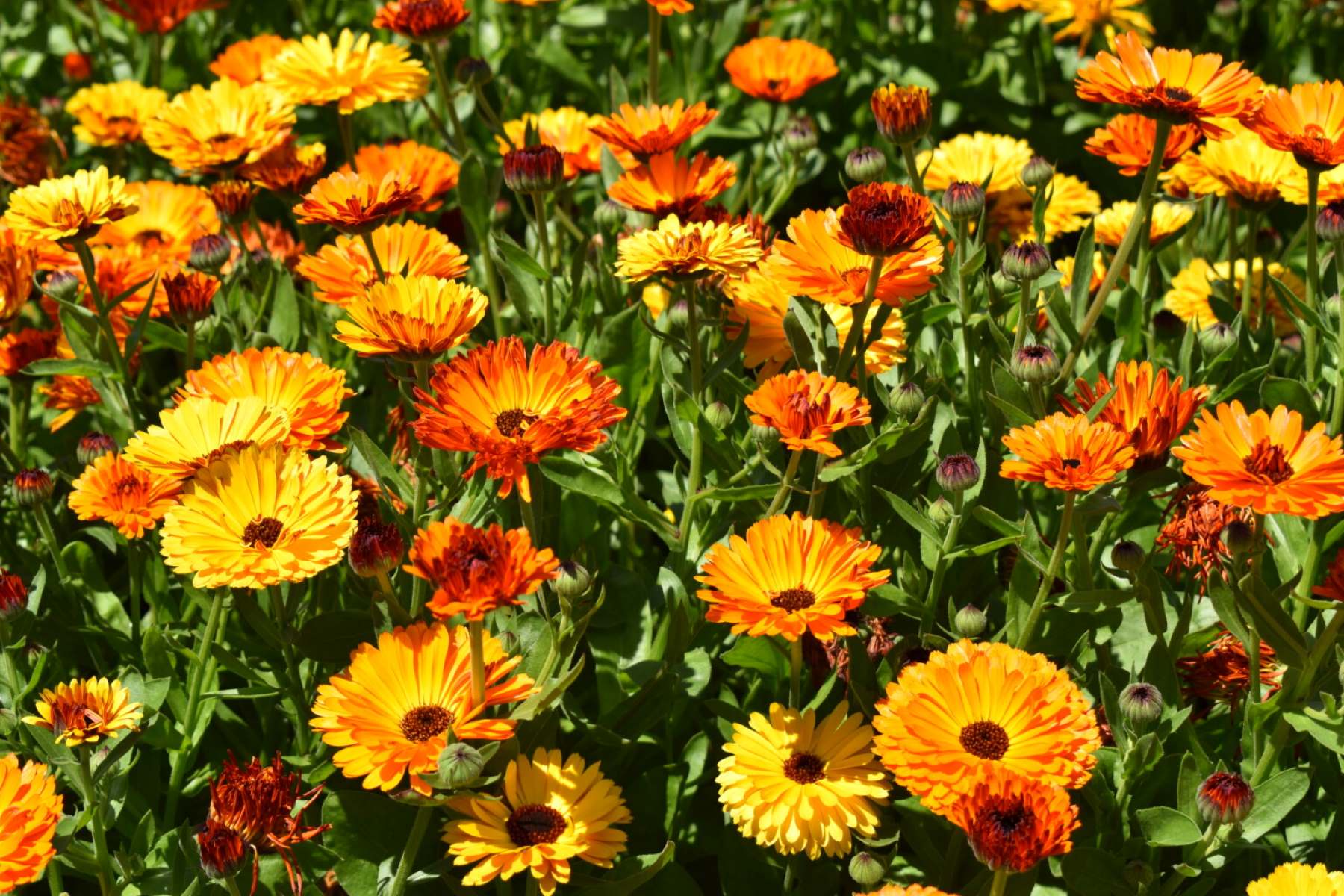

Garden Essentials
What Does Calendula Seeds Look Like
Modified: March 16, 2024
Discover what calendula seeds look like and how to grow them in your garden. Get expert tips on planting and caring for these beautiful flowers.
(Many of the links in this article redirect to a specific reviewed product. Your purchase of these products through affiliate links helps to generate commission for Storables.com, at no extra cost. Learn more)
Introduction
Calendula, also known as pot marigold, is a beautiful and versatile flower that is cherished by gardeners around the world. With its vibrant colors and numerous medicinal properties, it is no wonder that many gardening enthusiasts choose to grow calendula in their gardens. If you are considering adding this lovely flower to your collection, it is important to familiarize yourself with its various characteristics. One key aspect to understand is the appearance of calendula seeds.
Knowing what calendula seeds look like is essential for several reasons. Firstly, it helps you ensure that you are obtaining genuine calendula seeds when purchasing them. Additionally, recognizing the appearance of calendula seeds can aid in proper planting and germination, as it allows you to identify any irregularities or damage. Lastly, being able to differentiate calendula seeds from other seeds is crucial for maintaining the authenticity and purity of your garden.
In this article, we will explore in detail the characteristics, color, shape, and texture of calendula seeds. You will also learn how to identify these seeds, ensuring that you have the necessary knowledge to grow calendula successfully.
Key Takeaways:
- Calendula seeds are small, oblong, and dark brown or black with a smooth texture and dot-like patterns. Knowing their appearance ensures you buy authentic seeds and plant them correctly for successful growth.
- Identifying calendula seeds involves observing their shape, color, texture, and patterns. Comparing with reference images and purchasing from reputable suppliers ensures you have the right seeds for your garden.
Read more: What Does A Cactus Seed Look Like
Importance of Knowing the Appearance of Calendula Seeds
Understanding the appearance of calendula seeds is not just a matter of curiosity; it plays a vital role in the success of your gardening endeavors. Here are a few key reasons why knowing the appearance of calendula seeds is essential:
- Purchasing Authentic Seeds: When buying calendula seeds, it is crucial to ensure that you are getting genuine seeds. By familiarizing yourself with the appearance of calendula seeds, you can verify the authenticity of the seeds you are purchasing. This helps protect you from unintentionally buying counterfeit or inferior seeds that may not produce the desired flowers.
- Proper Planting and Germination: Calendula seeds have specific requirements for planting and germination. By recognizing the appearance of these seeds, you can ensure that you handle and plant them correctly. You can identify any irregularities or damage to the seeds, allowing you to choose the healthiest ones for planting. This knowledge also ensures that you provide the seeds with the optimal conditions they need to germinate and grow successfully.
- Maintaining Purity: Being able to differentiate calendula seeds from other seeds is crucial for maintaining the purity and integrity of your garden. Calendula is a self-seeding plant, meaning it can reproduce through volunteer seedlings. By knowing the appearance of calendula seeds, you can prevent the unintentional cross-pollination of different plant varieties and preserve the true characteristics of your calendula plants.
By understanding the appearance of calendula seeds, you equip yourself with the knowledge to make informed decisions when purchasing, planting, and maintaining your calendula plants. This knowledge contributes to more successful gardening outcomes and ensures the longevity and authenticity of your cherished calendula flowers.
Characteristics of Calendula Seeds
Calendula seeds have distinct characteristics that set them apart from other types of seeds. Understanding these characteristics will enable you to identify and work with calendula seeds more effectively. Here are some key characteristics of calendula seeds:
- Size: Calendula seeds are relatively small compared to some other flower seeds. On average, they measure around 3-4 mm in length, but this can vary slightly depending on the specific cultivar.
- Shape: Calendula seeds have an oblong shape, resembling a small, elongated cylinder. They have rounded edges and are slightly curved, giving them a unique appearance.
- Texture: The surface of calendula seeds is smooth and shiny, which distinguishes them from seeds with a rough or matte surface. This smooth texture allows for easy handling and facilitates efficient germination.
- Color: The color of calendula seeds can vary depending on the cultivar. Most commonly, they are dark brown or black, although some varieties may have lighter or darker shades. It’s important to note that the color of the seeds does not affect their viability or germination rate.
- Pattern: Calendula seeds have a distinct pattern on their surface. They are dotted with small, raised bumps or indentations, giving them a textured appearance. This pattern helps to easily differentiate calendula seeds from other types of seeds that may have a smoother surface.
By familiarizing yourself with these characteristics, you will be able to identify calendula seeds with ease. Whether you are collecting and saving seeds from your own plants or purchasing them from a supplier, this knowledge will help ensure that you are working with genuine calendula seeds and provide you with valuable insights for successful planting and germination.
Color of Calendula Seeds
The color of calendula seeds can vary depending on the specific cultivar and environmental factors. While the most common color for calendula seeds is dark brown or black, there can be variations in shades and tones. Understanding the color of calendula seeds can help you identify them and ensure their authenticity. Here’s what you need to know about the color of calendula seeds:
Dark Brown and Black: The majority of calendula seeds exhibit a dark brown or black color. These seeds have a rich, deep hue that is easily recognizable. It’s important to note that the color of the seeds does not affect their viability or germination rate but is simply a distinguishing characteristic of the specific cultivar.
Lighter Shades: In some cases, you may come across calendula seeds that have lighter shades of brown or even a light tan color. This variation in color can occur due to genetic factors or environmental influences, such as sunlight exposure or temperature fluctuations. These lighter-colored seeds are still viable and can be successfully germinated.
Variations and Patterns: Within the range of dark brown and black colors, there may also be subtle variations and patterns. Some calendula seeds might have mottled or marbled appearances, with patches of lighter and darker areas on the seed coat. These variations in color and pattern lend uniqueness to each seed and add visual interest.
It’s important to remember that the color of calendula seeds is just one aspect of their overall appearance and does not impact their growth or flowering potential. Regardless of the color, the most important factor for successful germination is the seed’s health and viability.
By familiarizing yourself with the typical colors of calendula seeds, you can easily distinguish them from other types of flower seeds and ensure that you are working with genuine calendula seeds. This knowledge will help you confidently plant and cultivate your calendula plants, adding beauty and vibrancy to your garden.
Calendula seeds are small and dark in color, resembling tiny curved commas. They are often slightly ribbed and have a smooth, shiny surface.
Shape and Size of Calendula Seeds
The shape and size of calendula seeds are important factors to consider when working with these seeds. Understanding their unique characteristics will help you identify calendula seeds accurately and ensure proper handling. Here’s what you need to know about the shape and size of calendula seeds:
Shape: Calendula seeds have an oblong shape, similar to a small, elongated cylinder. They are slightly curved and have rounded edges, giving them a distinct appearance. This shape allows them to be easily handled and planted, ensuring a smooth and efficient gardening process.
Size: Calendula seeds are relatively small compared to some other flower seeds. On average, they measure around 3-4 mm in length. However, it’s important to note that the size can vary slightly depending on the specific cultivar and growing conditions. Some seeds may be slightly smaller or larger than the average size.
When working with calendula seeds, it’s essential to handle them with care due to their small size. This ensures that you can plant them at the correct depth and provide them with suitable growing conditions for germination and growth.
Additionally, the size and shape of calendula seeds play a role in their dispersal. When mature calendula flowers go to seed, the seeds naturally dislodge and fall to the ground or are carried by wind or other means. The oblong shape of the seeds aids in their distribution, allowing them to travel short distances and find suitable locations for germination.
By recognizing the oblong shape and small size of calendula seeds, you can easily distinguish them from other seeds. This knowledge will help you accurately handle and plant calendula seeds, ensuring the best chances of successful germination and cultivating beautiful calendula plants in your garden.
Read more: What Does Anise Seed Look Like
Texture of Calendula Seeds
The texture of calendula seeds plays a significant role in their handling and germination. Understanding the texture of these seeds will help you identify and work with them effectively. Here’s what you need to know about the texture of calendula seeds:
Smooth and Shiny: Calendula seeds have a smooth and shiny texture, which sets them apart from seeds with rough or matte surfaces. When you run your fingers over the surface of calendula seeds, you’ll notice their sleek and polished feel. This smooth texture makes it easy to handle and plant the seeds without any hindrance.
Moisture Absorption: Another notable aspect of calendula seed texture is their ability to absorb moisture. The smooth outer coating of the seeds allows them to absorb water gradually during the germination process. This moisture absorption initiates the germination process and helps the seedling establish its roots and grow into a healthy plant.
Protective Seed Coat: The smooth texture of calendula seeds comes from their protective seed coat. This outer layer not only provides a barrier against external elements but also prevents excessive water loss. The protective nature of the seed coat enhances the viability and longevity of the seeds, ensuring their ability to germinate and grow effectively.
It’s important to handle calendula seeds with care to avoid damaging their smooth texture. Any damage to the seed coat can potentially hinder germination and plant growth. Therefore, it’s recommended to store and transport calendula seeds in a dry and protective container to maintain their texture and viability.
By recognizing the smooth and shiny texture of calendula seeds, you can easily differentiate them from other seeds with different textures. This knowledge will help you handle and plant the seeds correctly, maximizing their germination potential and ensuring successful growth of your calendula plants in your garden.
How to Identify Calendula Seeds
Identifying calendula seeds is a crucial skill for gardeners and enthusiasts who wish to grow these delightful flowers. While calendula seeds have distinct characteristics that set them apart, it’s essential to know how to differentiate them from other types of seeds. Here are some tips on how to identify calendula seeds:
- Observe the Shape and Size: Calendula seeds have an oblong shape, resembling a small, elongated cylinder with rounded edges. They are relatively small, measuring around 3-4 mm in length. Paying attention to the unique shape and size will help you identify calendula seeds accurately.
- Examine the Color: The most common color of calendula seeds is dark brown or black. However, variations in color can occur, with some seeds exhibiting lighter shades of brown or tan. Look for the dark brown or black coloration, and note any variations or patterns on the seed coat.
- Feel the Texture: Calendula seeds have a smooth and shiny texture. When you run your fingers over the surface of the seeds, they should feel sleek and polished. This distinguishing smoothness helps differentiate calendula seeds from seeds with rough or matte textures.
- Check for Dot-Like Patterns: Calendula seeds are dotted with small, raised bumps or indentations on their surface. These dot-like patterns give the seeds a textured appearance. Look closely for these patterns, as they are characteristic of calendula seeds.
- Compare with Reference Images: If you are uncertain about the appearance of calendula seeds, it can be helpful to refer to reference images or seed catalogs. Comparing the seeds you have with trusted visual resources will assist you in confirming their identity as calendula seeds.
By combining these identification techniques, you can confidently discern calendula seeds from other seeds and ensure that you are working with the correct variety. Remember that proper identification is crucial for successful planting, germination, and growth of your calendula plants.
When purchasing calendula seeds, it’s advisable to source them from reputable suppliers who clearly label their products. This ensures that you are obtaining genuine calendula seeds and eliminates any uncertainty about their identity.
By honing your skills in identifying calendula seeds, you will be well-equipped to take on the task of growing these beautiful flowers. Enjoy the process of handling and planting your calendula seeds, and watch as they transform into vibrant blooms that bring joy to your garden.
Conclusion
Understanding the appearance of calendula seeds is crucial for any gardening enthusiast looking to grow these captivating flowers. By familiarizing yourself with the characteristics, color, shape, size, and texture of calendula seeds, you gain valuable knowledge that aids in their identification and successful cultivation.
Knowing the appearance of calendula seeds offers several benefits. Firstly, it allows you to ensure the authenticity of the seeds you purchase, safeguarding against counterfeit or inferior products. Secondly, being able to identify calendula seeds helps you handle them properly during planting and germination, maximizing their chances of successful growth. Lastly, recognizing and distinguishing calendula seeds from other seeds helps maintain the purity and integrity of your garden, ensuring the true characteristics of your calendula plants.
When identifying calendula seeds, pay attention to their distinctive shape, which is oblong with rounded edges, and their relatively small size of around 3-4 mm. The common color of calendula seeds is dark brown or black, although variations and patterns may occur. The smooth and shiny texture, along with the dot-like patterns on the seed coat, further aid in identification.
Referencing visual resources and comparing with reference images can also assist in identifying calendula seeds accurately. By combining these techniques, you can confidently distinguish calendula seeds from others and proceed with planting and nurturing your calendula plants.
Remember to handle calendula seeds with care, preserving their smooth texture, and providing them with suitable growing conditions. Proper identification and handling contribute to the successful germination and growth of your calendula flowers.
Now that you have a comprehensive understanding of the appearance of calendula seeds, you are well-equipped to embark on your journey of growing these enchanting flowers in your garden. Enjoy the process, and may your calendula plants bring beauty, color, and joy to your outdoor space.
Frequently Asked Questions about What Does Calendula Seeds Look Like
Was this page helpful?
At Storables.com, we guarantee accurate and reliable information. Our content, validated by Expert Board Contributors, is crafted following stringent Editorial Policies. We're committed to providing you with well-researched, expert-backed insights for all your informational needs.
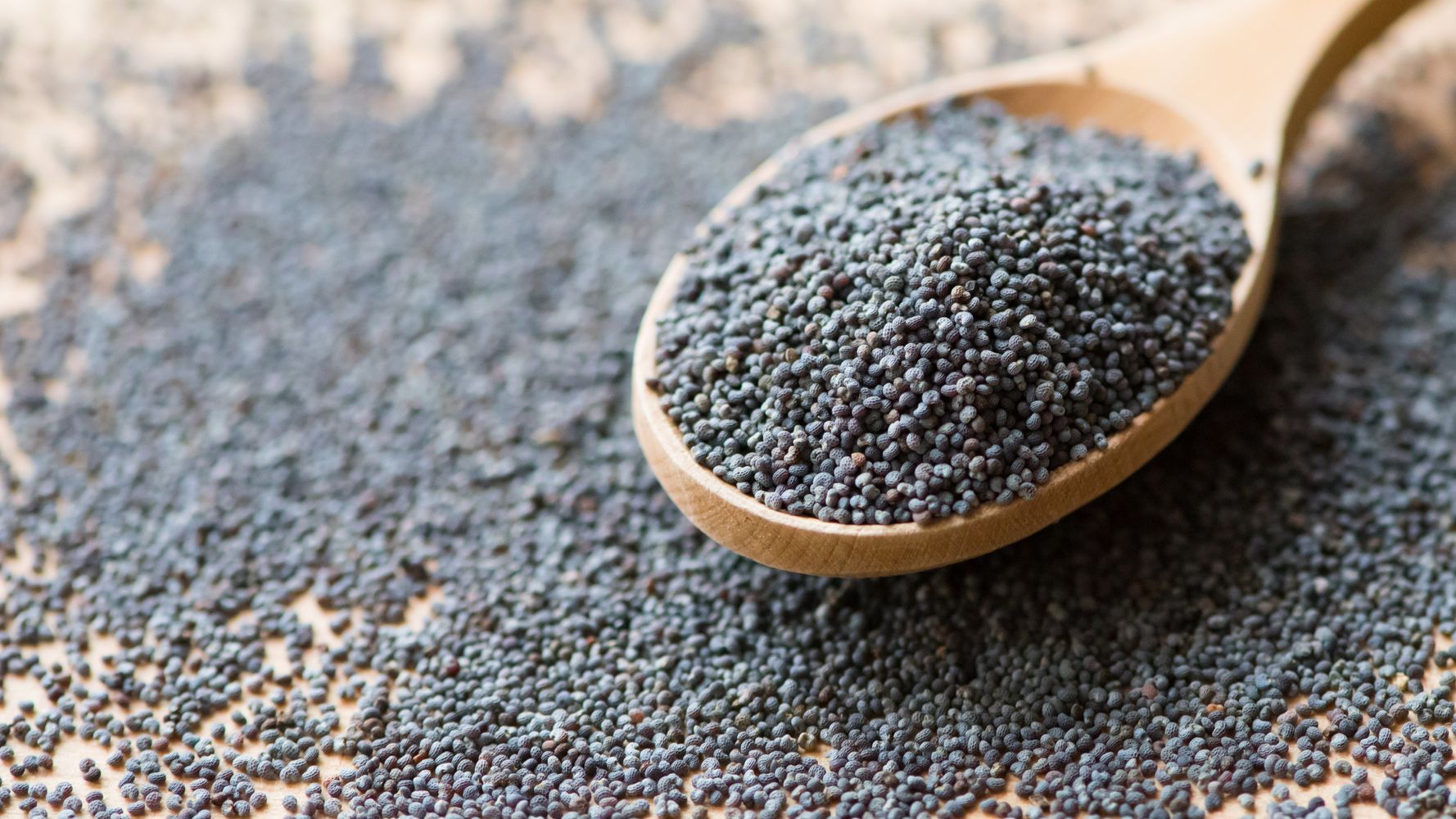
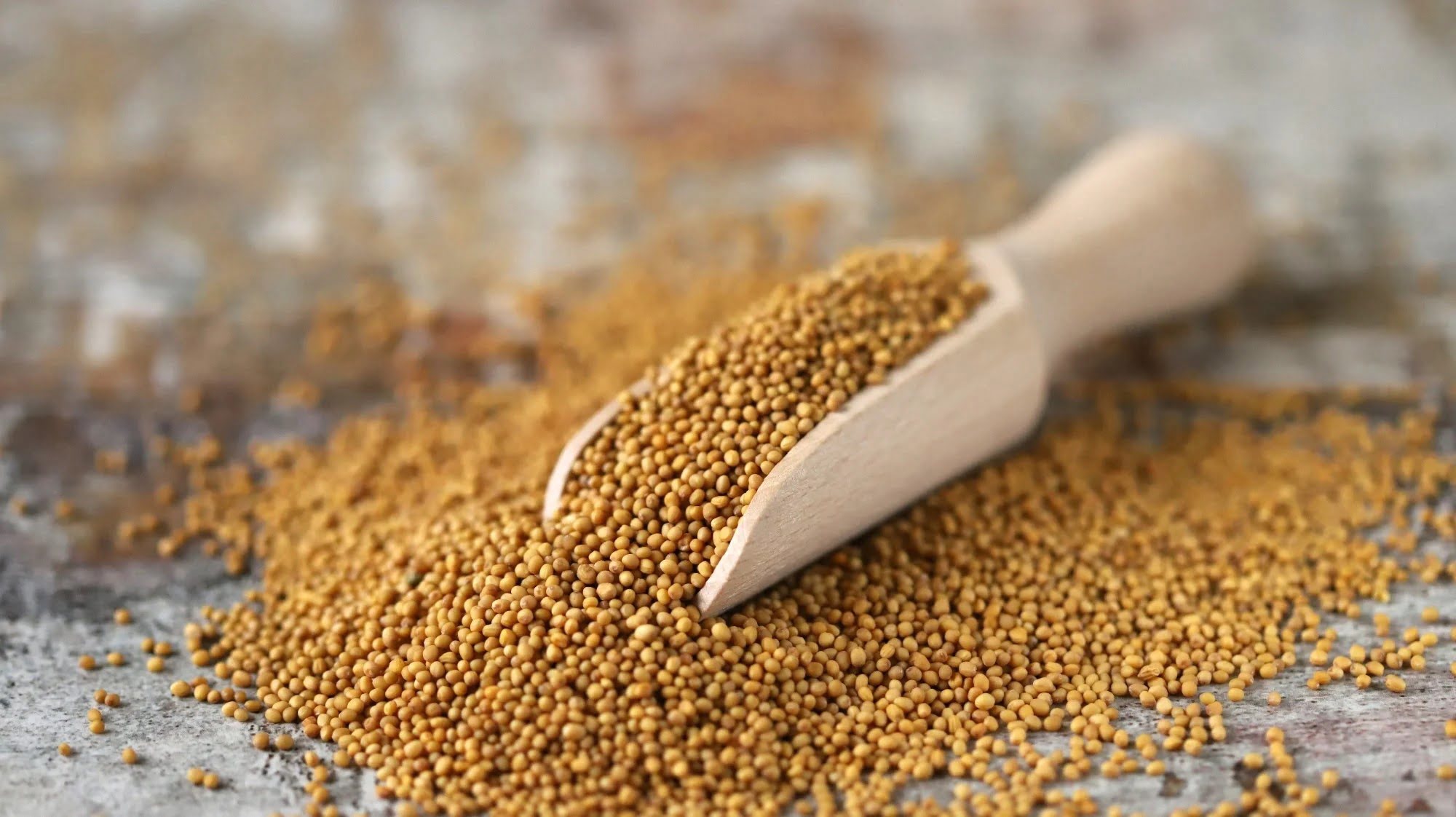
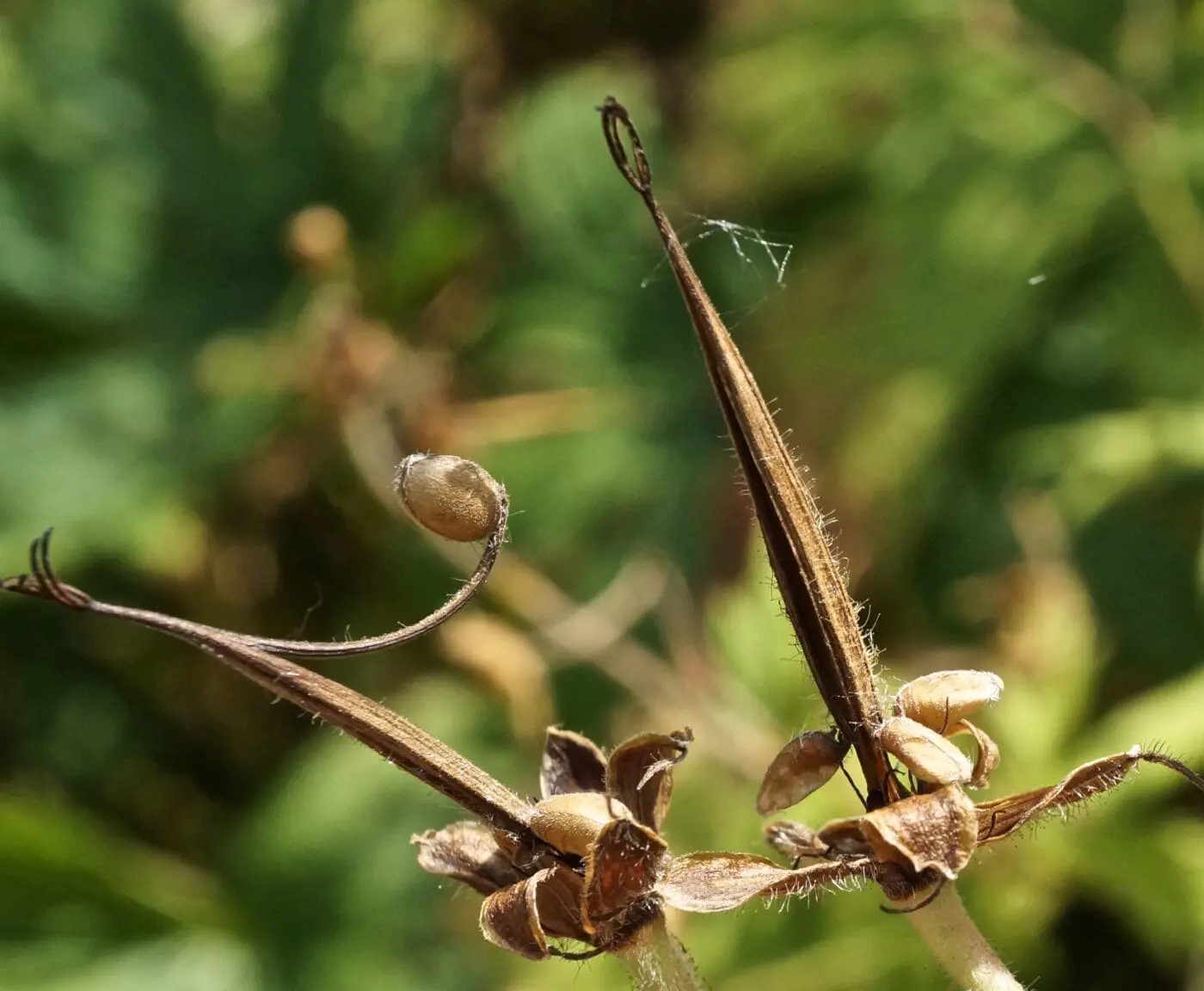
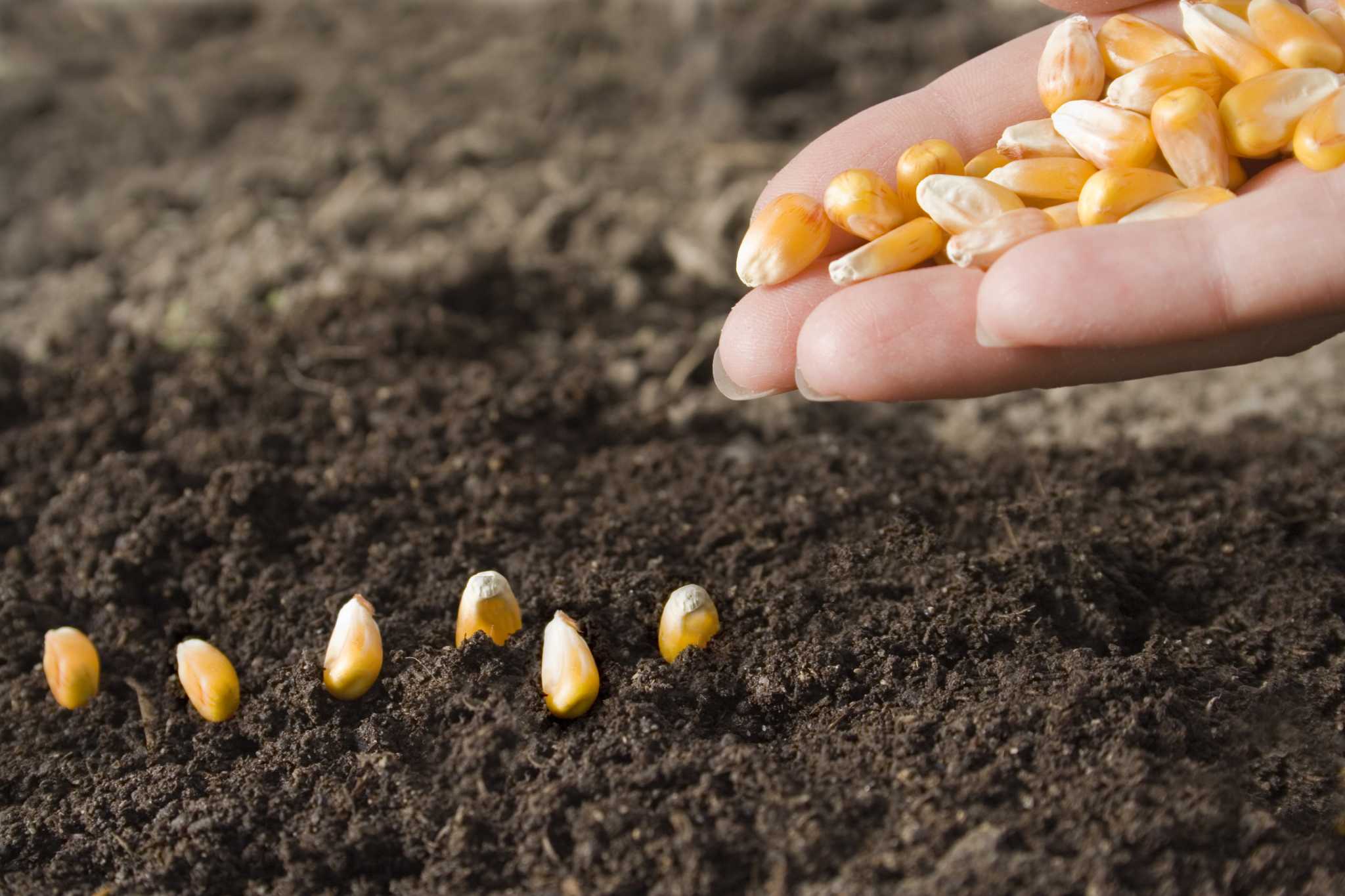
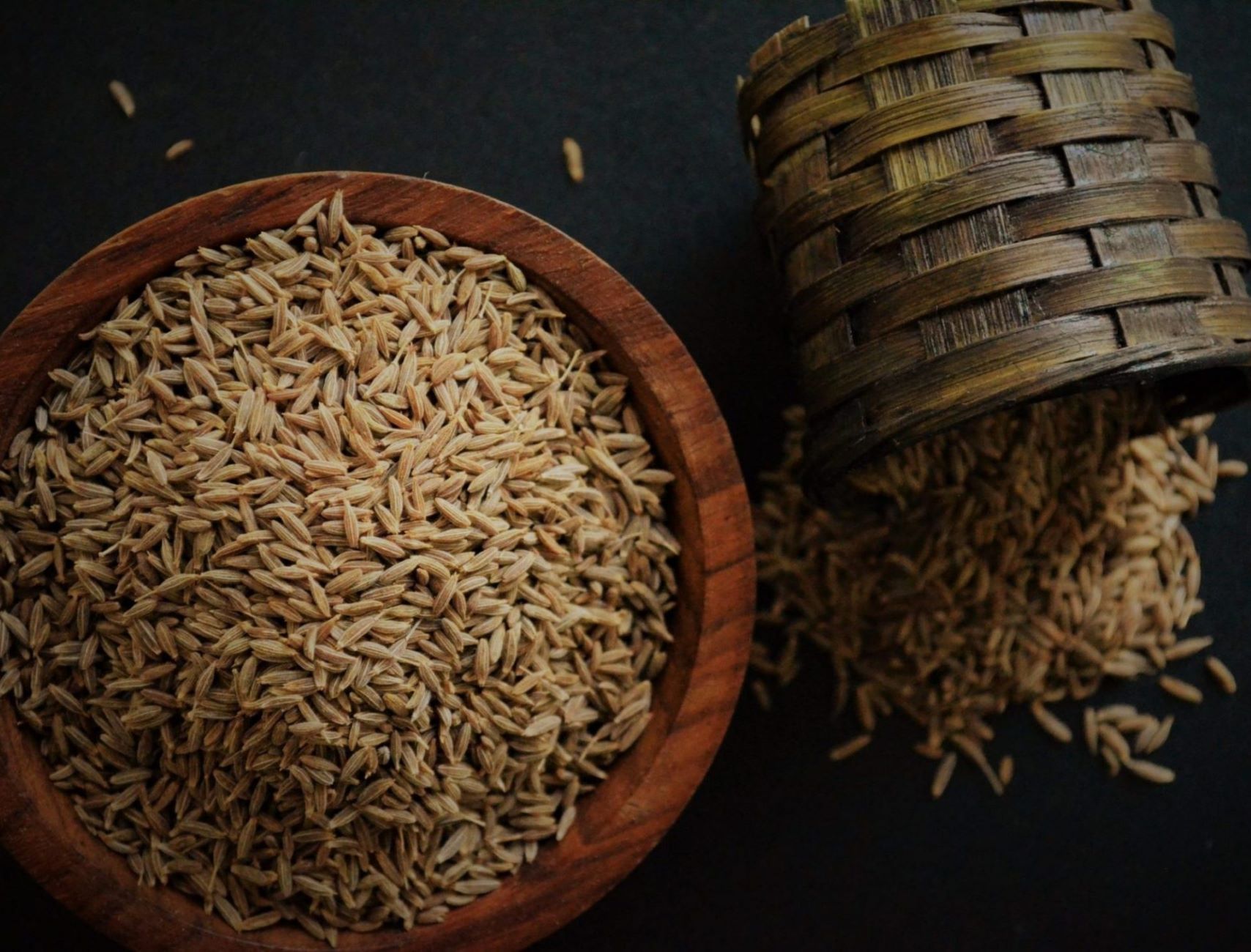
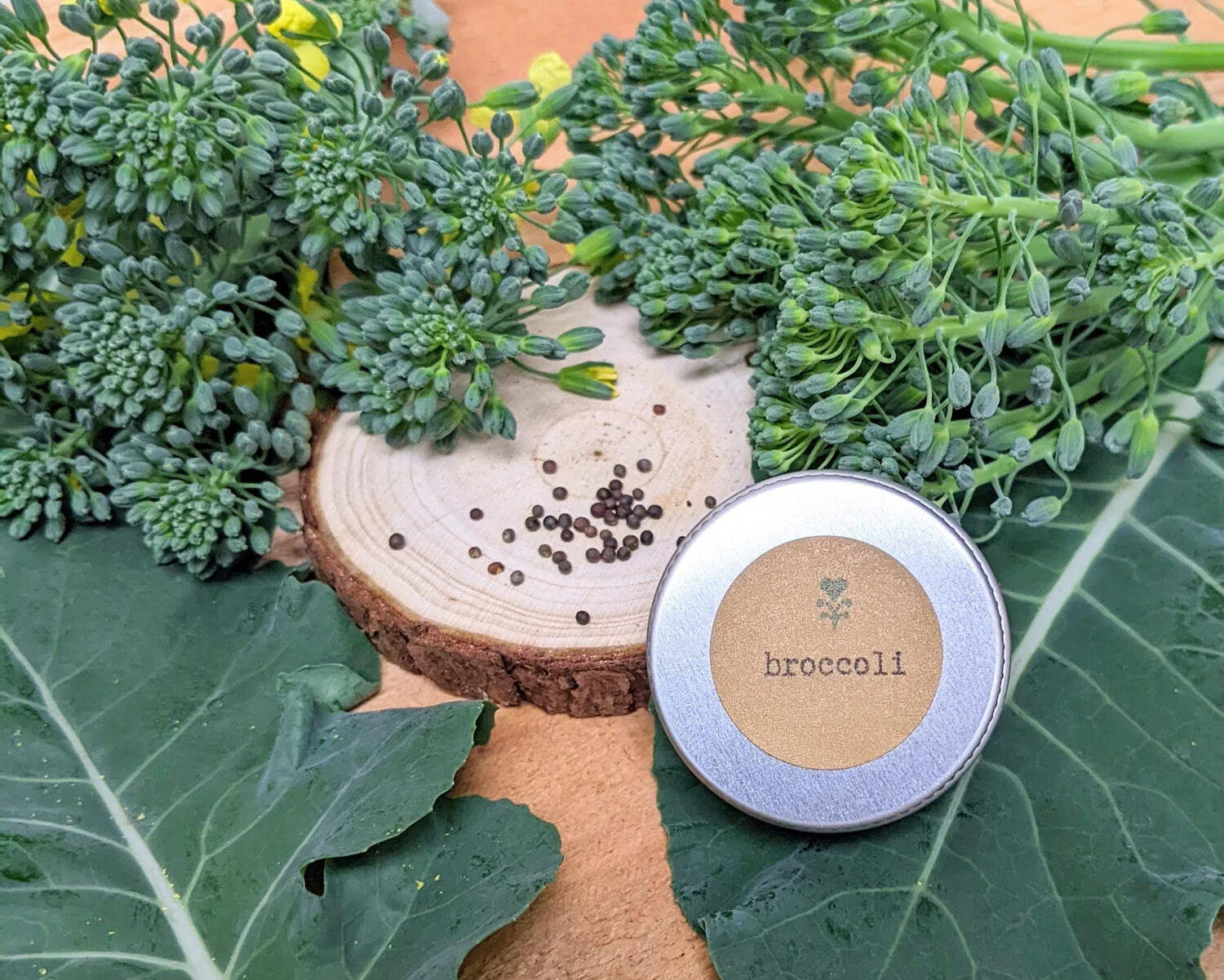
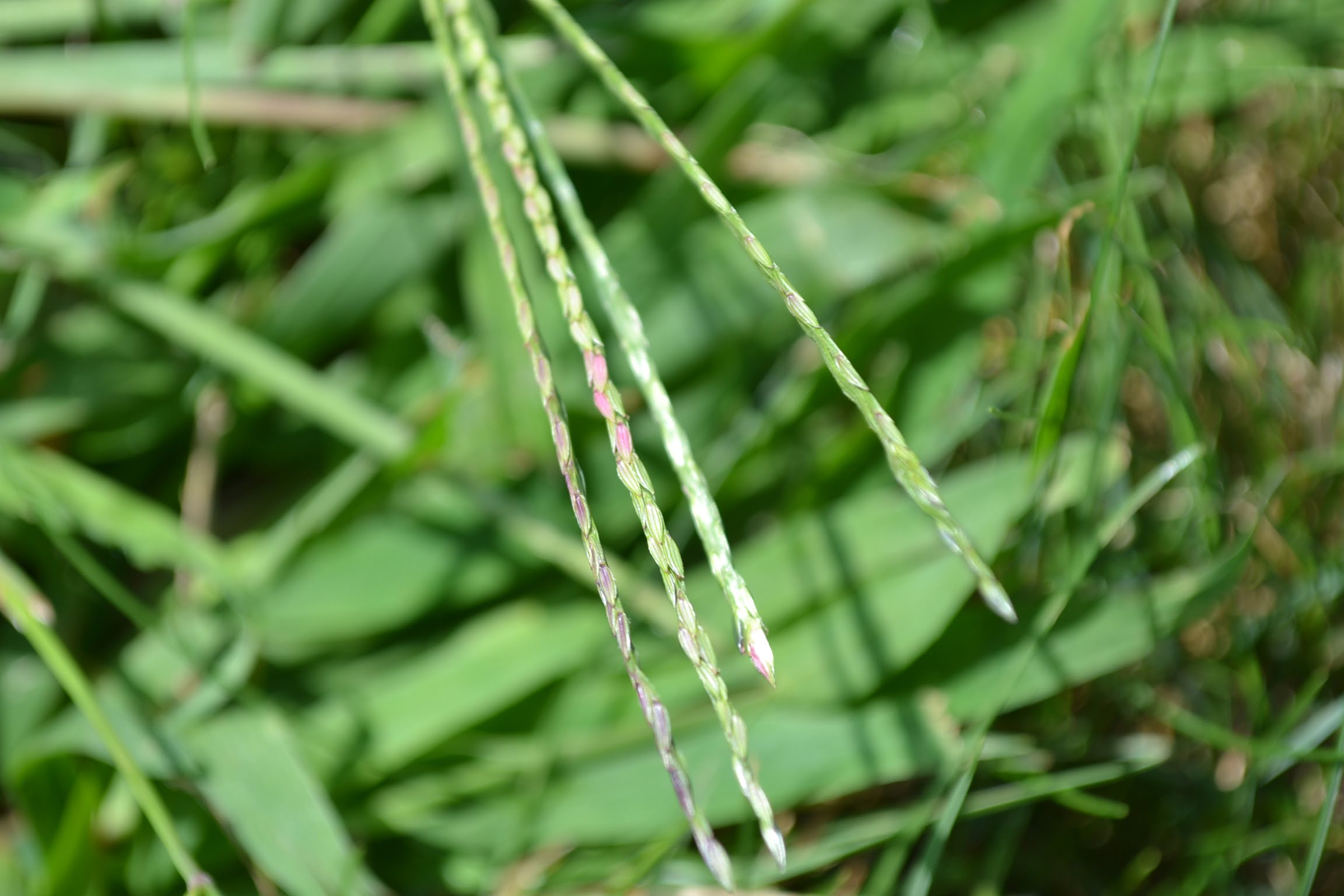
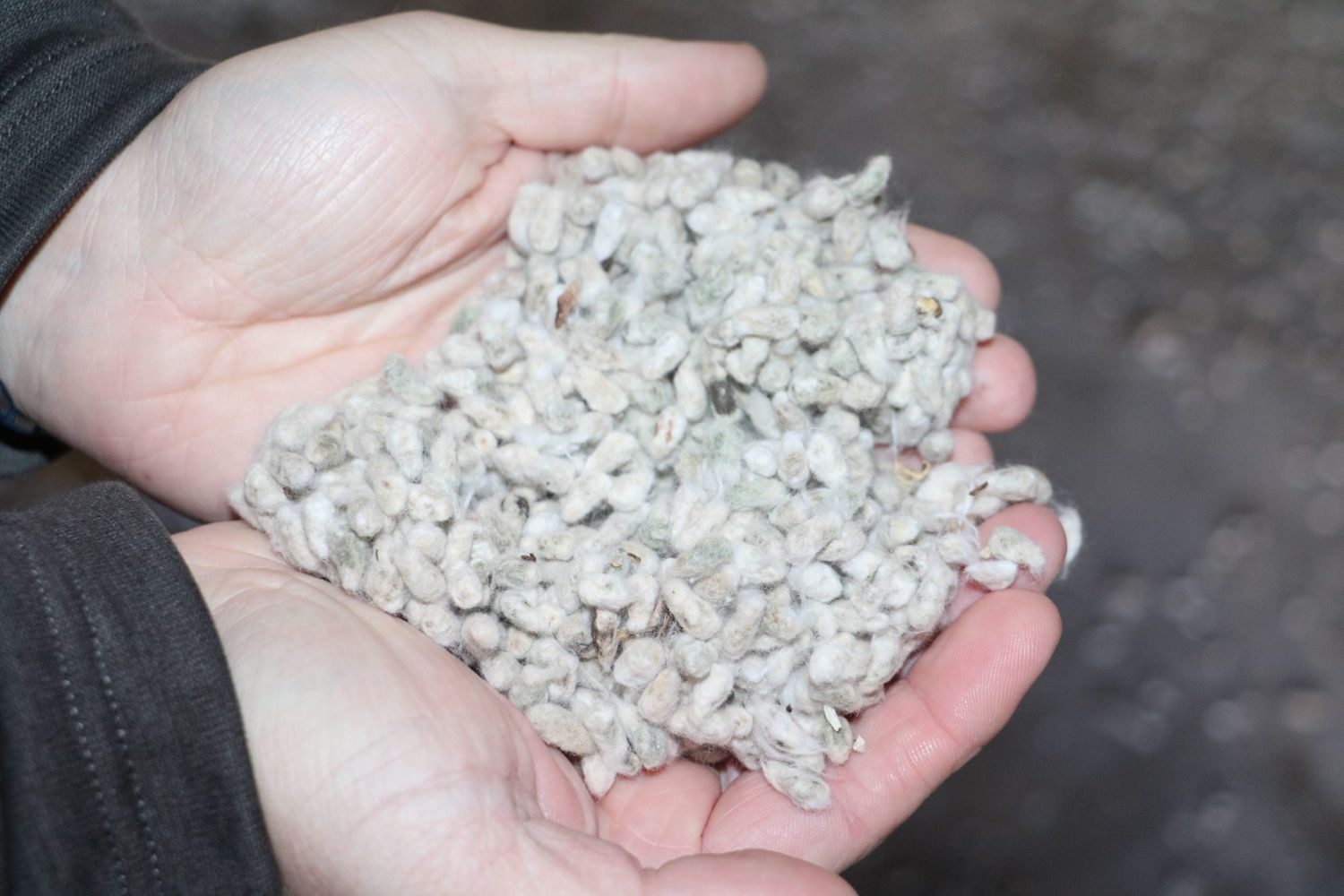
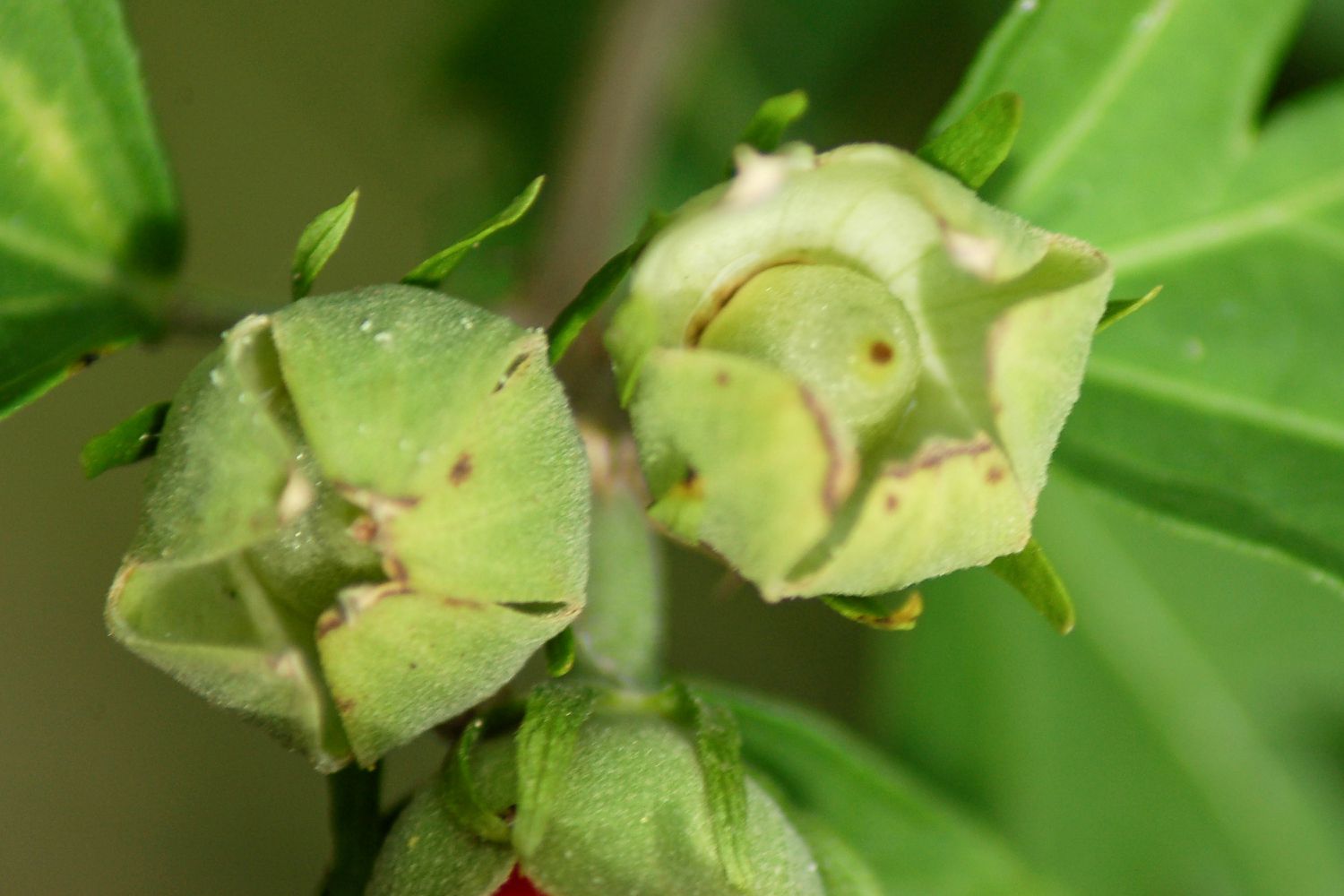
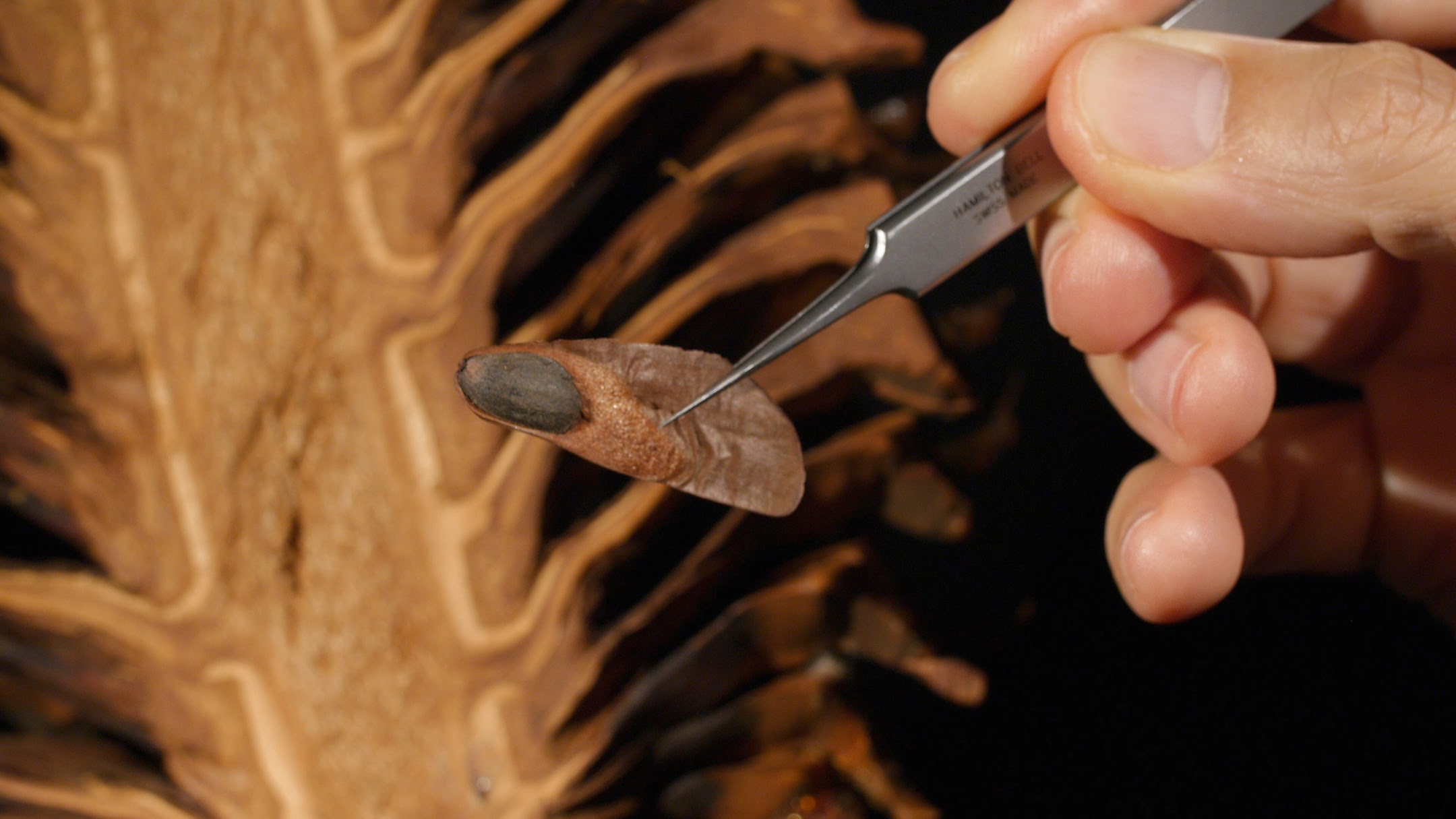
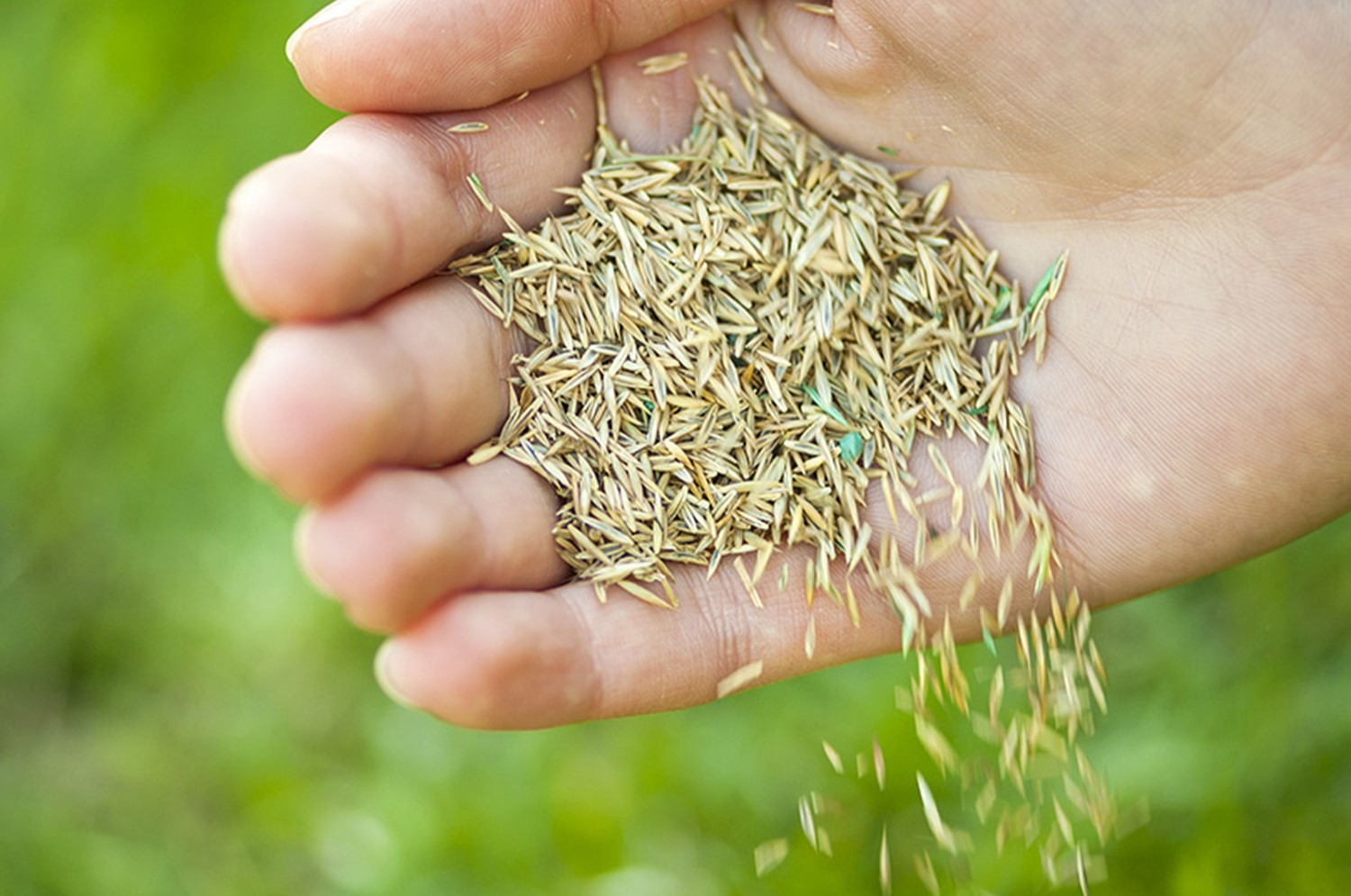
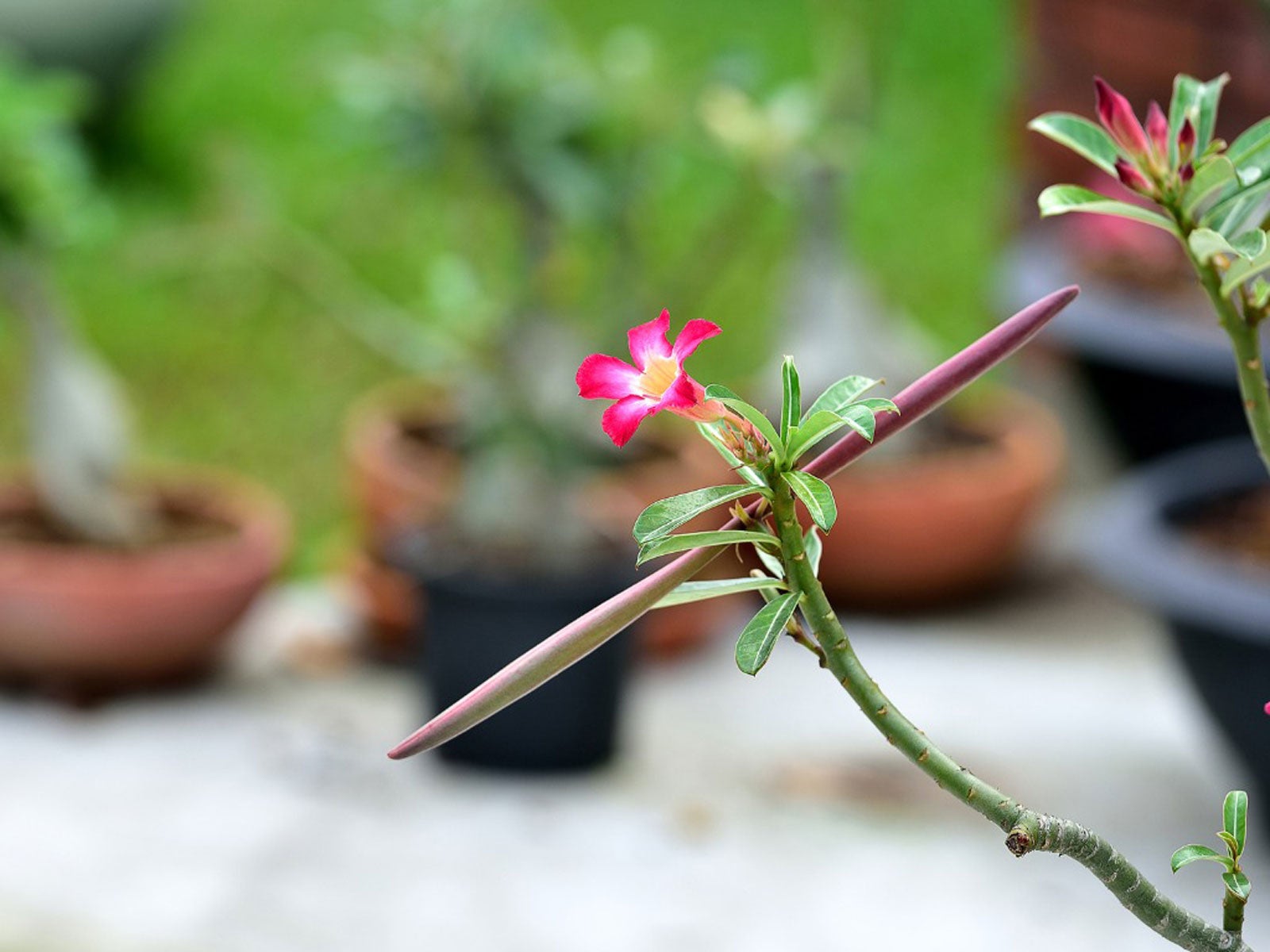
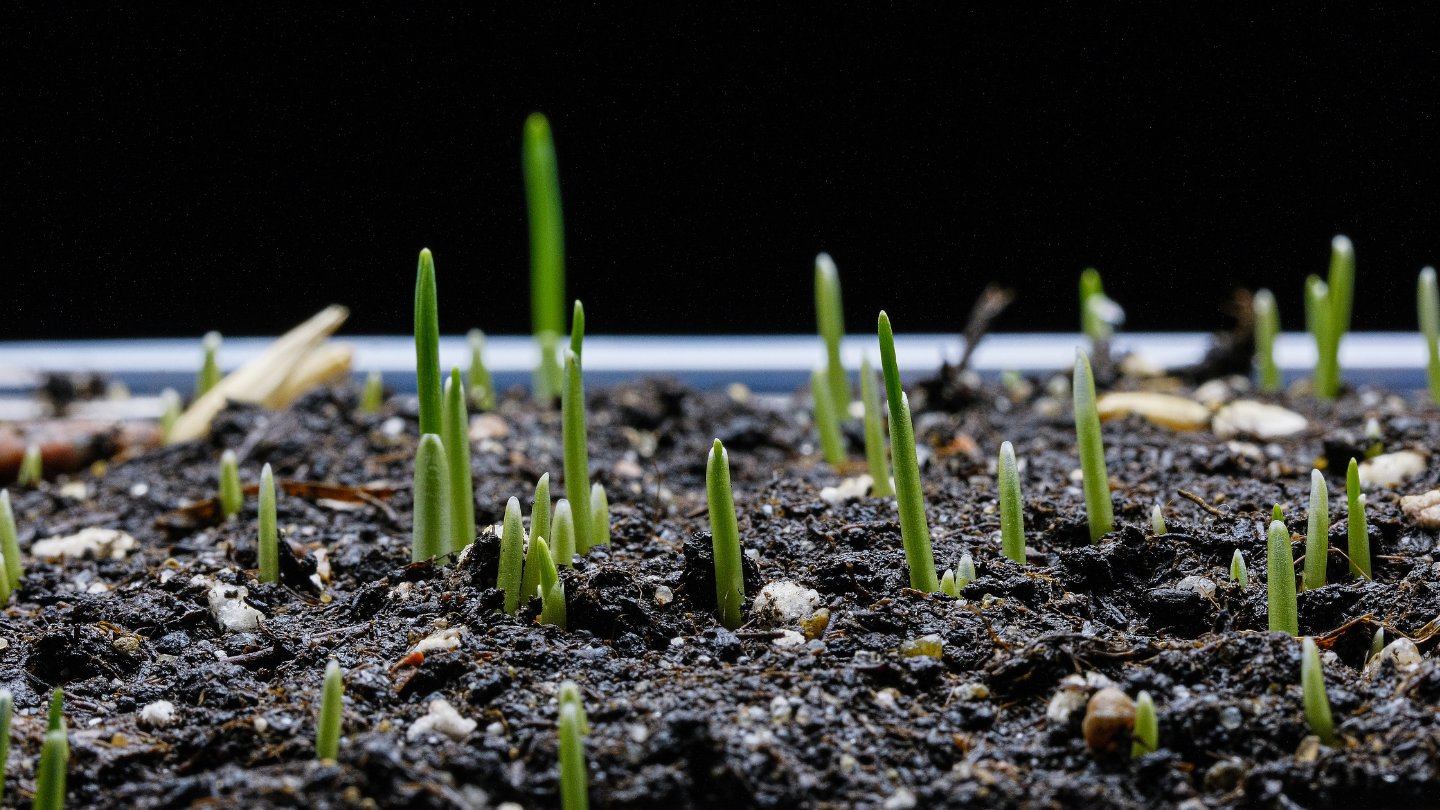
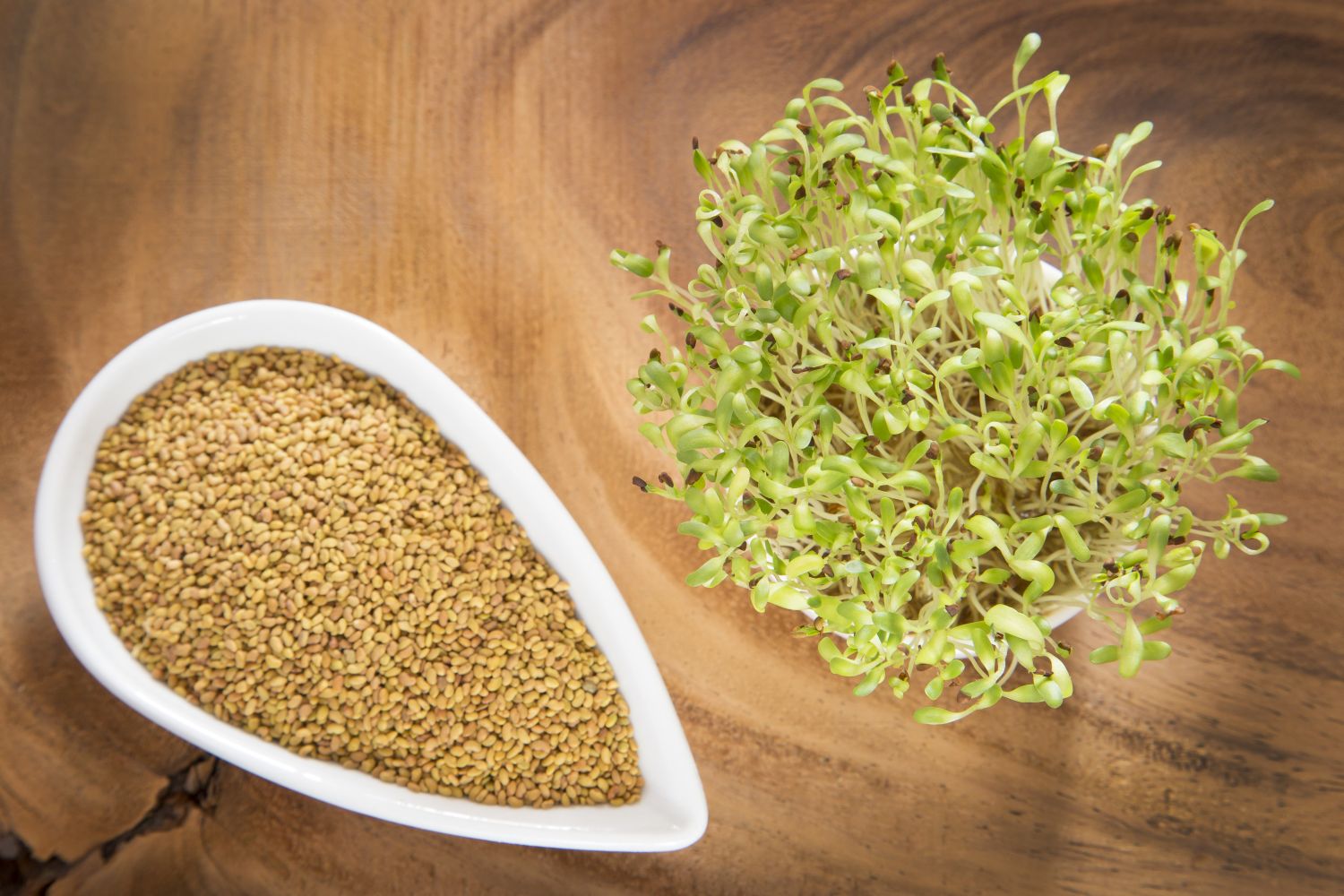

0 thoughts on “What Does Calendula Seeds Look Like”